- Joined
- Nov 7, 2015
- Messages
- 2,978
in same time first diamond( MSS13, score 1.13) has more darker black areas than second diamond.
Please compare main facets under table.
when white is brighter and black is darker then the contrast is higher. ( with same average brightness)
In this case, since two stones have the same average brightness, whichever has higher contrast will be more brilliant because white will be whiter and brighter.
Having that said, a diamond can appear brilliant in the absence of contrast within it.

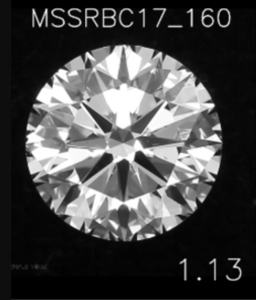
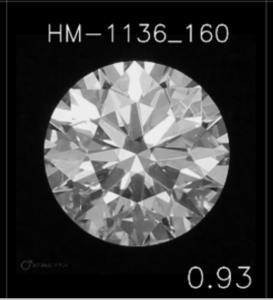
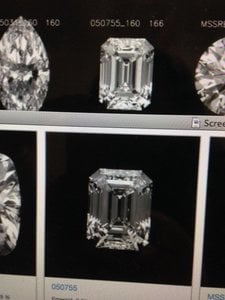
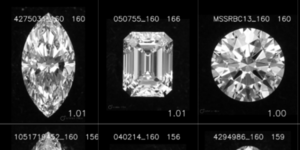
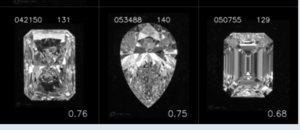
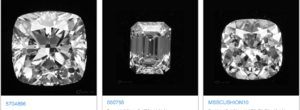
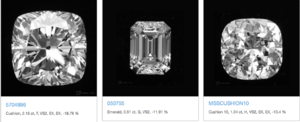

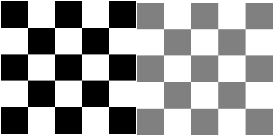
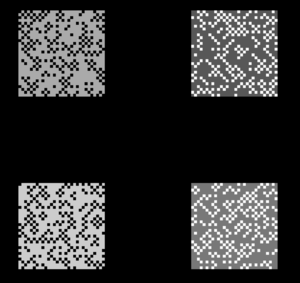
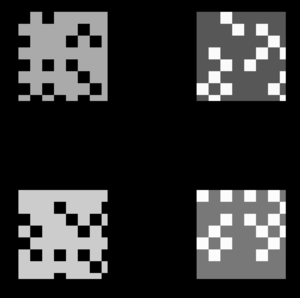
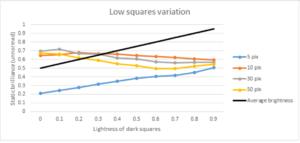


300x240.png)